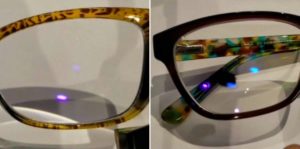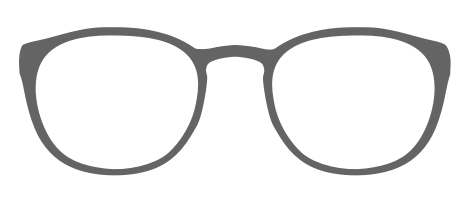Technology grows and changes on a regular basis. The latest gadget today will have a brand new replacement tomorrow. Some of the fastest growing technology is computers, smartphones or watches. These devices have high resolution screens with high definition displays, and they all emit blue light. Now, before scoffing and eye rolling at yet another blog about blue light, let it be known that this is not a “bash blog” post. There are a lot of aspects to blue light that people are not aware of. Let’s take a look at what it is and how it affects the human eye.
The Light Spectrum (in Brief)
We are exposed to different colors of light all the time, and that’s not necessarily a bad thing. The sun provides us with red, orange, yellow, green and blue light through its rays: we call this sunlight. This is very important for our survival as sunlight gives us vitamin D. Now, each of these types of light that come down through the sun’s rays have a different amount of energy. Starting with red and moving down to blue, the amount of energy gets higher and higher. Keep in mind, although our devices emit blue light, the intensity is not actually as strong as the sun’s rays.
Over Exposure
The thing to consider about blue light when it comes to our devices is duration. Extended periods of time in front of a screen equals higher risks for the eyes. And we all tend to keep our eyes open for longer periods of time while in front of a screen. You may notice a slight headache, blurred vision, or a dry-eye feeling when you blink. A good practice to follow is the 20-20-20 rule.
On top of that, if your eyes are not protected, blue light is capable of passing the cornea and lens of the human eye, it makes its way to the retina. This is where the risk of macular degeneration becomes an issue.
Protective Lenses
What can be done to prevent blue light from taking such a toll on the eyes? Well, with the increase in technology in our devices, there is also an increase in lens technology for eyeglasses. Keep in mind not all blue light blocking lenses are created equal. The most advertised is the Crizal Prevencia, which could also be why it’s one of the most expensive Anti-Glare options.
Yes, it is a very good lens but it’s not as effective in blocking blue light as the Blutech. Also we’ve found that, even within the same brand, one type of material can block more blue light than another. For this reason it’s important to discuss the options with an experienced independent optician.

BluTech (no Anti-Glare or Transition) vs Crizal Prevencia Anti-Glare (with Transition) – Video Demo
Be sure to consider the amount of time spent in front of screens. This can be difficult, as there is usually one readily available in each of our pockets (and most peoples’ lives depend on them for work), but by limiting the time of exposure, risks for any potential problems also decrease. Considering that many electronic devices have adjustable settings for brightness, if protective eyewear is not an option, keeping the brightness down is at least a step in the right direction. Most devices have a blue light filter option that can be turned on and off. Talking to an independent optician will always grant more information about which lens options are best for an individual.


